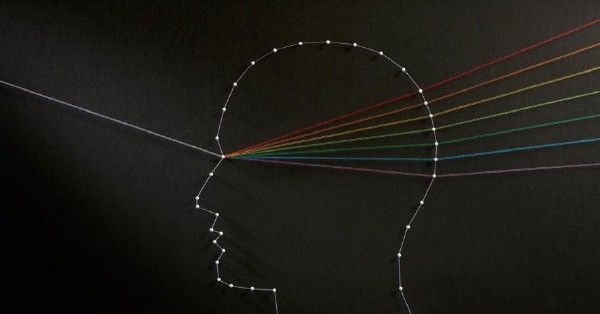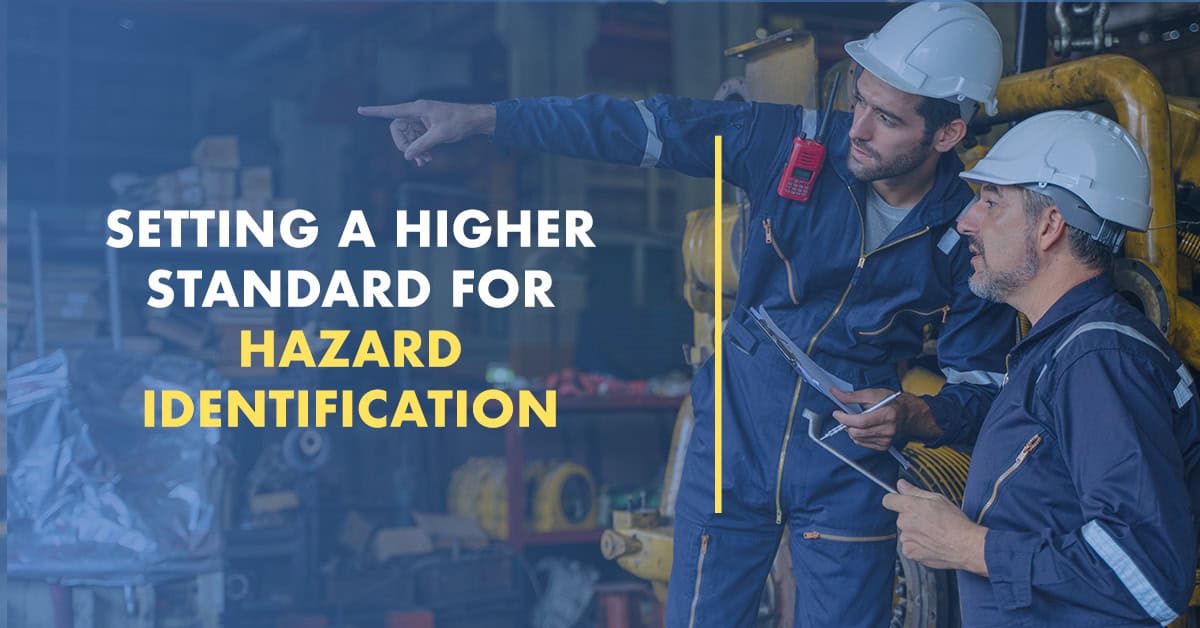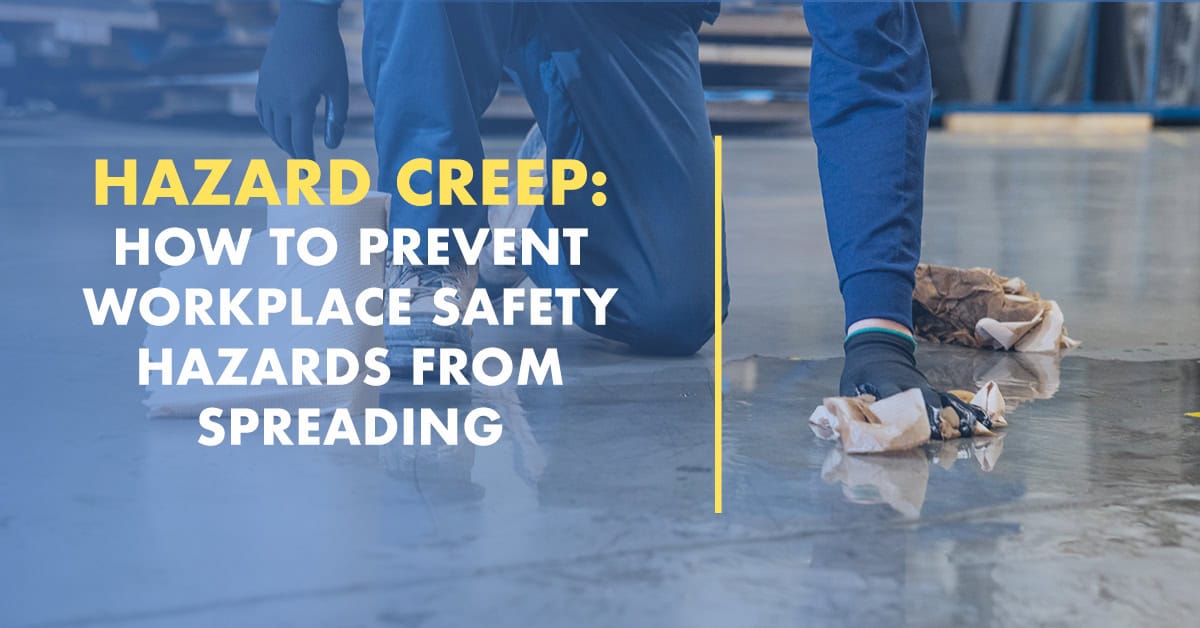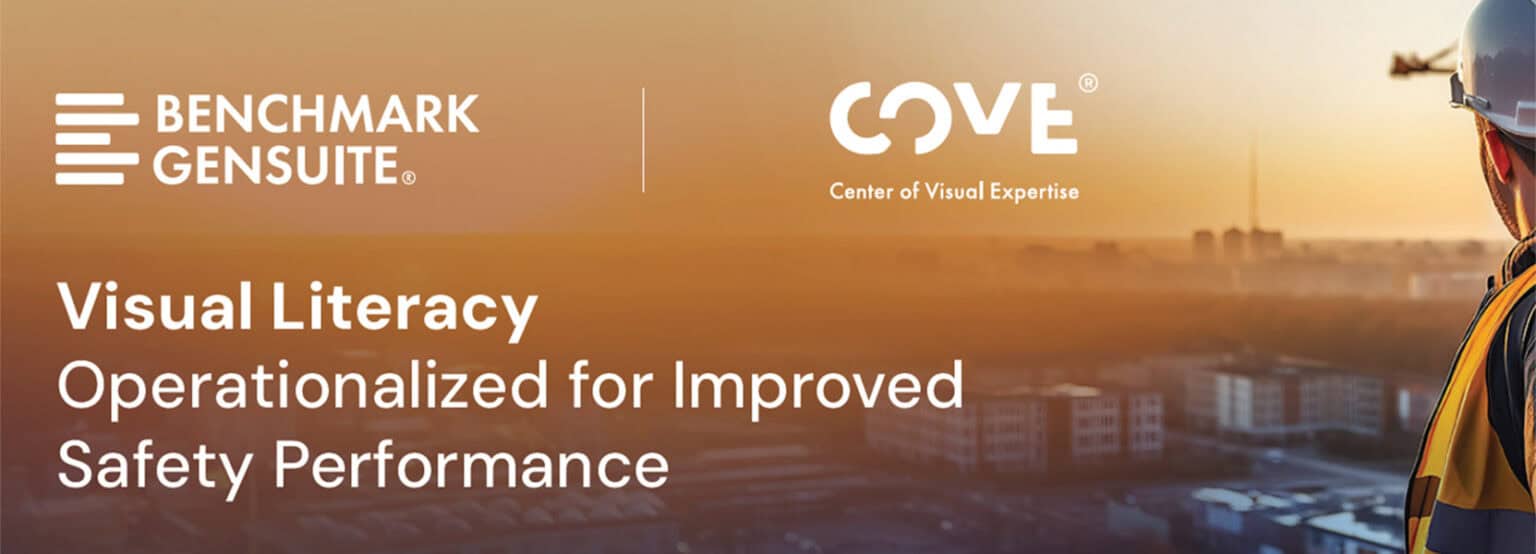Test Your Brain’s Natural Blind Spots
Have you ever looked right at something and missed an important detail? Or thought you saw one thing, only to realize it was something completely different? Believe it or not, it happens to all of us—our brains are constantly filling in blanks to help us make sense of the world around us. But in the workplace, missing critical details can mean overlooking hazards, making costly mistakes, or even putting safety at risk.
At any given moment, you are only seeing 10% of what you think you are seeing. That means the other 90% of what appears in your visual field is being “generated” by your brain. Some of that infill is being drawn from memory, and some of it is being drawn from other sensory experiences. When first presented with this information people are often skeptical. We seem to see the entire world in perfect detail, and since that illusion is so convincing, people can have a hard time believing that their vision is so imperfect.
Why Visual Literacy Matters
In safety-focused environments, the ability to see what’s actually there—and not just what we expect to see—is essential. Visual Literacy is the skill of noticing, interpreting, and making sense of the visual cues around us. It’s about retraining the brain to spot hazards, identify risks, and improve overall awareness. By becoming visually literate, we’re better equipped to make informed, safe decisions on the job.
Here’s A Quick Exercise
At COVE, we engage our workshop participants in a number of exercises to prove that you only see a small portion of the world in front of you, but here’s a quick way to see how our brain can erase something from our field of vision entirely!
Have you ever asked yourself why you can’t see your nose?
Step 1: Look straight ahead for three seconds. No nose, right?
Step 2: Now, close your left eye, and look as far left as you can with your open right eye. There it is—your smelling organ jutting into view.
Step 3: Now close your right eye and look to the far right with your open left eye. The nose occludes your vision just as much.
Step 4: Now what happens if you open both eyes and stare straight ahead. No nose!
Your nose is mostly out of your field of vision when you look straight ahead, but rather than fill in that blank with what’s actually there, we erase our nose from view!
Ready to See What You’ve Been Missing?
Don’t let your brain fill in the blanks when it matters most. Develop the skills to see clearly, act confidently, and improve safety at every level of your organization. Our workshops are designed to improve your team’s ability to identify hazards and enhance safety culture. Whether you’re a frontline worker or a safety leader, Visual Literacy is a powerful tool for everyone.
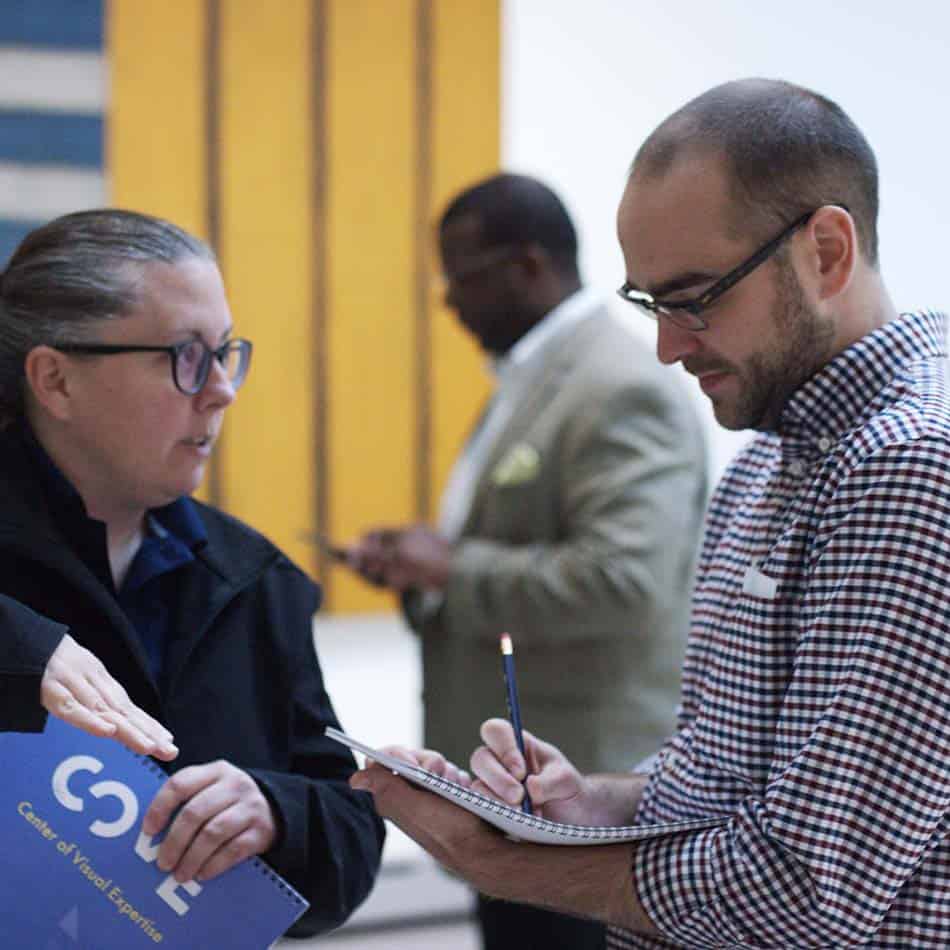
Learn more and sign up for a Visual Literacy workshop today!
Join us for a Visual Literacy workshop and learn how to sharpen your observation skills to avoid common cognitive traps. Through engaging, hands-on activities, we’ll teach you practical techniques to train your brain to see more effectively and accurately, reducing errors and enhancing workplace safety.
